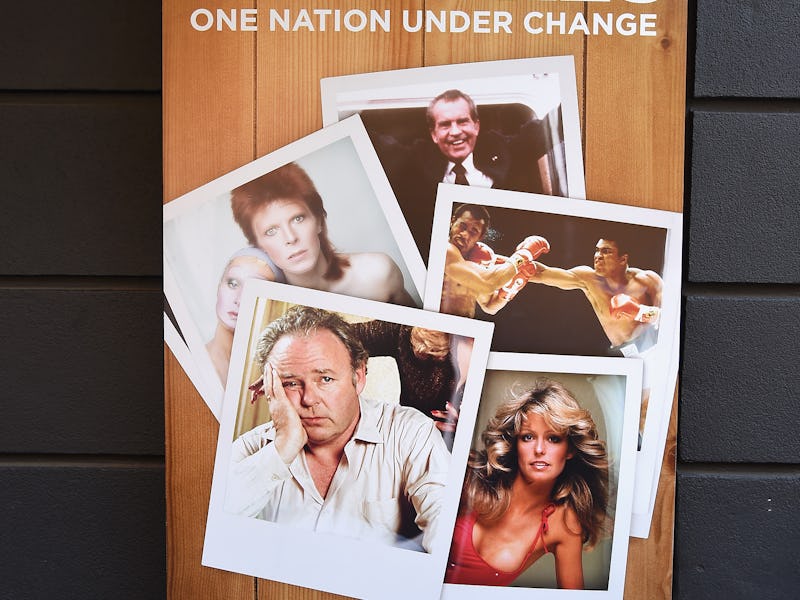CNN's 'The Seventies' Documentary Redeems the Cable News Network
Well, not totally, but you should still watch.

CNN is a rough scene these days. It boasts not only blathering blowhards like Don Lemon but a nebulous, middlebrow residence between MSNBC and Fox News. (CNN’s dire ratings just give the whole picture an added air of sad inadequacy.) Its greatest hits of recent memory are for novelties and gaffes: the TURNER DOOMSDAY VIDEO, for one, or fomenting ISIS sex toy panic.
Last year’s 10-part documentary series, The Sixties, was a rare redemptive moment. Recently nominated for an Emmy (in the Outstanding Documentary or Nonfiction Series category), The Sixties was produced by Tom Hanks and Gary Goetzman. It took a snapshot of a decade — one that’s been ceaselessly pored over in textbooks and films — and made it seem fresh and alive. The Seventies picked up where it left off, literally, and — with each episode like a visual Wikipedia entry — takes a look at the less-discussed but arguably more bleak decade. For memory’s sake alone, it might be the stronger series.
As of this writing, five of the eight episodes from the series have aired. Time to catch up. All five are worth watching, although the installment that captures the winding down of the Vietnam War is a bit of a snoozer. (The sixth, “Battle of the Sexs,” premieres Thursday at 9 p.m. Eastern.) The strongest of the bunch might well be “Crimes and Cults,” which features the storylines of the Manson Family, the Zodiac Killer, the Hillside Stranglers, Dean Corll, John Wayne Gacy, Gary Gilmore, the Son of Sam, Ted Bundy, and the Jonestown massacre. It’s heavy, kooky stuff, chock full of grainy footage from the time that makes the creepiness hold on even tighter.
The Seventies is erected on this fabulous video, with newsmen like Walter Cronkite and Harry Reasoner delivering doses of significant stories and interviewing the people causing them. For those who lived through the decade, the figures will be familiar faces and, for those of us who didn’t, they represent movers who made the world stranger than fiction. Intertwined with contemporary talking heads like Lawrence Wright and Dan Rather, the series is built upon a Ken Burns aesthetic. But it’s made all the more immediate by using more video than Burns does. He’s the undisputed master of still photography in film and by necessity: He often doesn’t have the luxury of historical motion pictures for older material.
The latest episode of The Seventies covers the post-Nixon political era and takes its name from a line in Gerald Ford’s “The State of the Union Is Not Good” address from 1975 — an unthinkably honest utterance from a sitting president. The Debbie Downer vibe of the episode — casting its gaze upon Reagan, Carter, Ted Kennedy and the Iranian hostage crisis — finds relief with just a moment of perspective: Things aren’t really that bad right now, are they?
I was at a barbecue this past weekend when I started talking to some of my dad’s younger friends about The Seventies. They laughed and — a bit condescendingly — pointed out that I was just watching, removed from something they had experienced. I got to inform them that The Eighties is set for next year.